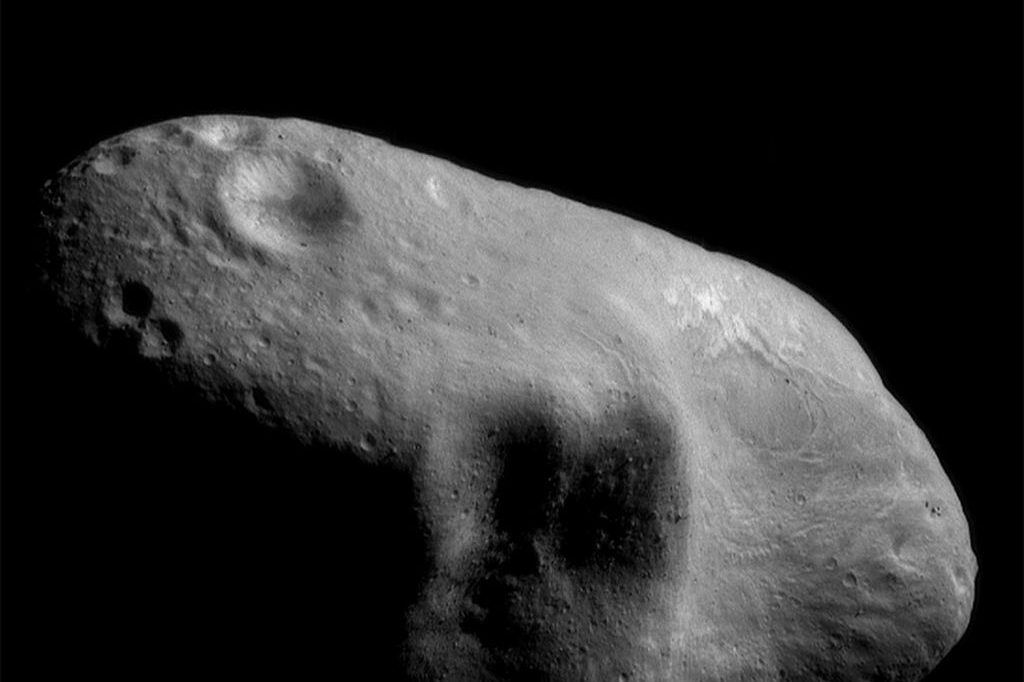One of the Ukraine war’s minor celebrities is Ramzan Kadyrov, a Russian politician and Islamic hardliner who rules his native province of Chechnya as a personal fiefdom. Kadyrov and his combative underlings have been active on social media from the beginning of the conflict, posing with guns and trophies and boasting about their martial prowess.
Before they became villains in the Western press, tarred by their association with Russian aggression and Islamic fundamentalism, the Chechnyan mountain clans’ struggle for independence was a Victorian cause celebre, akin to Western support for Ukraine today. Frank Herbert was so taken by their story that he borrowed several Chechnyan aphorisms for the desert-dwelling Fremen warriors of Dune, his sci-fi classic turned Hollywood blockbuster. In several instances, Herbert barely changed the original source material. “Polish comes from the city, wisdom from the hill,” a Chechen proverb, became “Polish comes from the cities; wisdom from the desert” in Dune. Kanly, the Chechnyan word for vendetta, was appropriated by Herbert as a term for aristocratic blood feuds in the far-distant future.
Herbert should have been more generous about crediting his sources — he was likely exposed to Chechen history through The Sabres of Paradise, a wonderfully written but fairly obscure account of Chechnya’s nineteenth century struggle against Imperial Russia — but he was not a plagiarist or copycat. Instead, Herbert was a bit of a magpie, picking up shiny or intriguing bits from various sources and using them to build his sci-fi universe. It is fitting that the spice at the center of Dune is called “melange.” Herbert’s own novel is a heady blend of historical, religious and cultural influences.
Chechnya may have inspired Fremen warrior culture, but Herbert did not restrict his borrowing to the Caucasus. Paul Atreides, the outsider protagonist of Dune who eventually assumes leadership of the Fremen tribes, is clearly modeled on T.E. Lawrence, the British officer who led an Arab revolt against the Ottoman Empire during World War One. As Paul ascends to a quasi-religious leadership role within Fremen society, he is variously referred to as the “Mahdi,” an Islamic reference, and the “Kwisatsz Haderach,” a term lifted from Judaism. “Atreides,” meanwhile, is derived from the House of Atreus, a mythological Greek dynasty.
In many cases, the influence of older spiritual traditions is quite obvious. One of the dominant religious strains in Herbert’s universe is “Zensunni Buddhism,” a portmanteau of Sunni Islam and Zen Buddhism. The Orange Catholic Bible, whose name implies some sort of Calvinist-Catholic fusionism, is Dune’s religious text ur-text.
Dune’s Byzantine political feuds also borrow liberally from various historical eras. The Bene Gesserit, a spacefaring order of telepathic witches, operate like some unholy combination of Reformation-era Jesuits and medieval nuns. Dune’s quasi-feudal social structure, complete with guilds, great houses and loyal retainers, also has a distinctly medieval feel. The ruler of the known universe is called the Padishah Emperor, a Persian honorific that has been used for centuries by Turkic and Iranian dynasts.
Sixties counterculture was another obvious source of inspiration for Dune. The book’s addictive, mind-altering spice clearly owes something to the psychedelic drugs Herbert dabbled in. The book’s fixation on planetary ecology, meanwhile, was almost certainly influenced by the environmentalist currents of the era (Herbert spoke at the first Earth Day rally in Philadelphia). Similarly, Dune’s meditative asides and stream-of-consciousness narration were likely inspired by countercultural fascination with Eastern mysticism.
Dune fans will doubtless pick out other influences missed here, but the breadth of Herbert’s sources is part of the book’s charm. Rather than create a space-faring civilization from whole cloth, Herbert smartly appropriated institutions, customs and traditions from different places. The result is a sci-fi setting that, despite the giant sandworms, faster-than-light space travel and personal energy shields, is recognizably human.
Herbert is not the only master of genre fiction to take ideas from history, religion and sociology. In fact, the best known sci-fi and fantasy writers are usually prolific borrowers. Middle Earth was shaped by J.R.R. Tolkien’s knowledge of European languages and Dark Age mythology. Narnia owes a great deal to C.S. Lewis’s Catholic faith. Isaac Asimov’s Foundation trilogy is a sci-fli gloss on Edward Gibbon’s Decline and Fall of the Roman Empire. More recently, George R.R. Martin borrowed from England’s War of the Roses and the nomadic horse culture of the Turks, Mongols and Plains Indians.
Critics have called Dune an example of “cultural appropriation,” but drawing on religious strife, palace intrigue and other recognizably human tendencies is a useful way to acclimate readers to an outlandish or implausible sci-fi setting. Without the texture of familiar cultural and social practices, genre fiction quickly devolves into page after page of mindless spectacle.
Highbrow references also imbue sci-fi and fantasy with some much needed sophistication. For many readers, Dune is the gateway drug that spurred further exploration of Eastern mysticism, Islamic theology or medieval history. Herbert’s writing certainly benefited from his exposure to different historical and spiritual traditions. Some of his most memorable lines — “God created Arrakis to train the faithful,” “To save one from a mistake is a gift of paradise” — have the feel of time-worn proverbs or religious incantations unearthed from an ancient text.
Dune’s critics should also consider the alternative to Herbert’s borrowing. The likeliest substitute to “cultural appropriation” is not startling originality, but a barren pop culture landscape that endlessly quotes its own tropes and glib mythology. The first Star Wars was surely inspired by Dune’s desert setting and unique blend of sci-fi and fantasy influences. Despite his love for pulp moviemaking, George Lucas also drew on some surprisingly high-brow material for the original trilogy, including Joseph Campbell’s Hero with a Thousand Faces. Lucas’s successors only reference other Star Wars movies. The one “original” idea they have is to change the race or gender of their protagonists.
In an era of sequels, prequels and extended universes, science fiction and fantasy have become tired genres, obsessed with stale ideas and uninterested in referencing anything outside the familiar confines of pop culture. But this is a shallow well to draw inspiration from.
Like all art, genre fiction will always be touched by outside influences. Herbert’s syncretic approach to world-building has fallen out of fashion, but borrowing from history and religion is better than restricting our horizons to the last few decades of human existence. The next time you pick up a science fiction or fantasy classic, be grateful that the author borrowed from the best.






















Leave a Reply